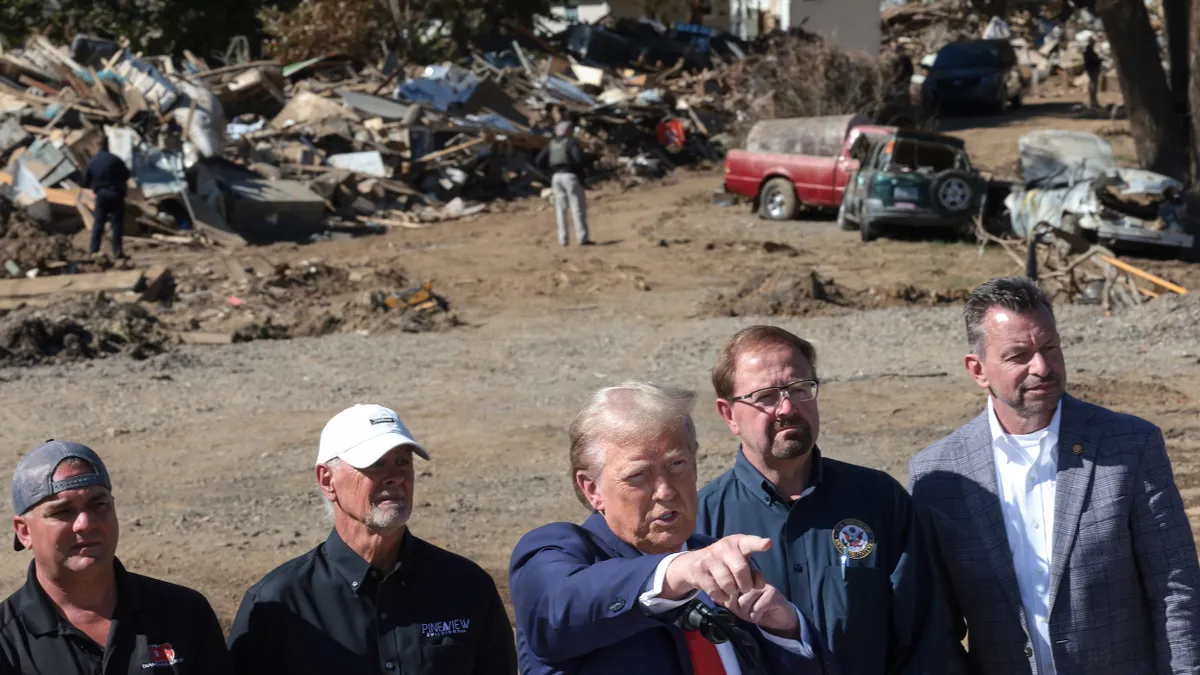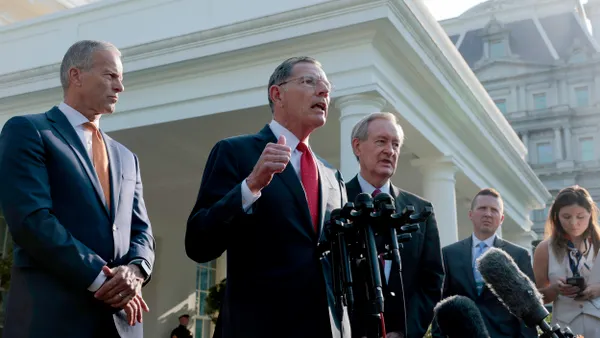About a year after President Joe Biden signed the Inflation Reduction Act into law, a group of Boston University researchers set out in the summer of 2023 to better understand mayors’ experiences with the landmark climate legislation.
The recently released 2023 Menino Survey of Mayors reveals “a fundamental tension right now facing most of our local governments,” said report co-author and BU Initiative on Cities Associate Director Katherine Levine Einstein: While many cities are supportive of building out clean energy in their communities, she said, officials are largely reluctant to cede local control to streamline permitting processes for such projects.
“Eighty-nine percent of mayors wanted strong local control over environmental regulations, with local governments either exceeding state standards or setting their own,” the BU survey of 118 mayors says, and 81% wanted similar control over building codes. “Many mayors see local control as essential because the federal or state level is unequipped to understand the challenges that individual local governments face,” the report says.
However, the existing patchwork of local regulations poses a steep challenge for solar companies, heat pump installers and electricians who often work across numerous jurisdictions, the report says. Standardizing regulations at the state level could help get more clean energy projects done faster, Einstein explained.
Amid a national housing affordability crisis, some states are already streamlining housing permitting to make development easier, she said. But “comparatively less attention [has been given to] the permitting processes for clean energy,” Einstein said.
Efforts to build more housing notoriously often bear the brunt of intense local opposition, but clean energy infrastructure could receive even more pushback in some communities, the survey indicates. When asked which use of space would generate the most opposition from residents, 41% of mayors selected transmission lines, 33% selected wind turbines, 24% selected low-rise multifamily housing and 2% selected solar arrays on the ground. When asked which use of space would generate the least opposition from residents, the answers flipped: 41% of mayors selected ground solar arrays, 40% selected low-rise multifamily housing, 12% selected transmission lines and 7% selected wind turbines.
The survey also noted that the public’s lack of knowledge about available federal subsidies for heat pumps and solar panels may be holding back the uptake of clean energy technologies. Local governments play an important role in educating and encouraging residents to use these programs, Einstein said, but 65% of mayors surveyed believe that effective messaging should emphasize non-climate benefits, such as cost and comfort, more than climate benefits.
‘A manpower issue’
The survey underscores ongoing concerns that larger, better-resourced cities have an unfair advantage in accessing IRA and other federal grant programs. Forty-five percent of mayors said taking advantage of IRA programs is difficult. Mayors in cities with larger populations were 13 percentage points more likely than smaller cities to rate participation in the IRA as easy.
One mayor of a larger city said in the report that the IRA process is “very easy, but I will say we actually staff this area. I hired to specifically staff in this area.” A mayor of a smaller city is cited as saying “Some things fall through the crack because some parts of the IRA are not a top priority and we don’t have the staff in a small city. It is a manpower issue.”
Einstein said that one way to build grant-seeking capacity in smaller cities could be for regional groups of local governments to share staff members who are dedicated to accessing IRA and other federal climate funds.
It wouldn’t be the first time local governments pooled resources for more efficient planning. “The federal government recognizes this problem in the context of transportation funding, and so they require metropolitan planning organizations to file regional plans as a condition of receiving transportation funding,” she said.











